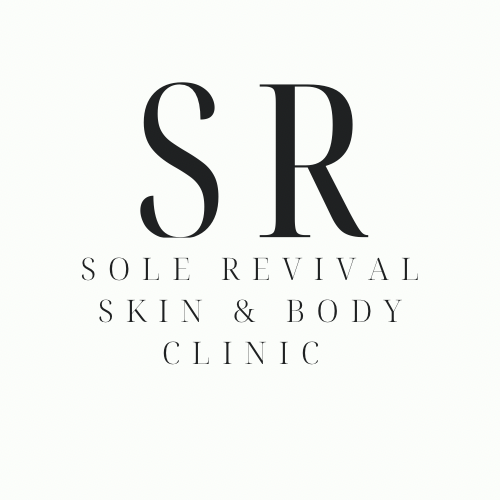The History Of Reflexology
De-stress with reflexology: you deserve it!
Every year in the last week of September reflexologists around the world organise events to celebrate World Reflexology Week, to promote awareness of our wonderful therapy.
Members of the Association of Reflexologists hold events so that you can experience the benefits of reflexology for yourself.
Ancient Reflexology
Reflexology is a therapy that dates back thousands of years. It can actually be traced back to the ancient civilisations of Egypt, India, Native America and China. The oldest known documentation of reflexology is a pictograph that was found in the tomb of an Egyptian physician named Ankmahor at Saqqara dating back to 2330 BC, which depicts patients having treatments done on their hands and feet.
Reflexology is a treatment based on the principle that there are areas and points on the feet, hands, and ears that are connected through the nervous system to corresponding parts of the body. When pressure is applied to these areas and points it stimulates the movement of energy along the nerve channels and helps to restore homeostasis balance in the body.
There are approximately 7,000 nerve endings in the human foot and each of them is a reflex point that corresponds to a body part. Reflexologists use special finger and thumb manipulations to stimulate these reflex points and they know exactly which area of the foot corresponds to which body part.
The Development of Modern Reflexology
The more modern form of reflexology was first pioneered by an ear, nose and throat surgeon by the name of Dr William Fitzgerald (1872-1942). Dr Fitzgerald was the founder of Zone Therapy, which was an earlier form of reflexology. He discovered that exerting pressure on the tips of the toes or fingers caused corresponding parts of the body to become anaesthetised. From this, Dr Fitzgerald divided the body into ten equal zones, which ran from the top of the head to the ends of the toes. By using tight elastic bands on the middle sections of the fingers or toes, or using pegs on the tips of the fingers, minor surgery could be carried out with no further anaesthetic agents required.
However, reflexology as we know it today was pioneered by a woman called Eunice Ingham (1889 – 1974), or the mother of reflexology. Eunice Ingham was a physiotherapist working in a doctor’s practice using the zone therapy developed by Dr Fitzgerald. After extensive research, she discovered that the reflexes on the feet were an exact mirror image of the organs of the body and developed the map of the entire body on the feet. By using acupressure or massage techniques on these points, a positive effect is created in the corresponding body part.
Ingham spent years travelling the world attending health seminars where she spoke with medical practitioners about her therapy and in later years was joined by her nephew Dwight Byers, who eventually took over the teaching seminars and established the International Institute of Reflexology. Eunice Ingham dedicated her life to helping others and was totally committed to the benefits of reflexology.
Modern Western reflexology uses the charts and theories developed by her and are now called the Ingham Method.
Reflexology is the application of a comfortable level of pressure on the feet or hands, to help the body rebalance itself. Specific areas on the feet and hands correspond to areas in the body via the nervous system. When pressure is applied to these areas it stimulates the movement of energy through nerve channels helping the body to rebalance itself.
The autonomic nervous system has two branches to it: sympathetic and parasympathetic. The sympathetic nervous system is involved in the body's fight or flight response. For the body to heal itself it needs to be in the parasympathetic phase, which is generally while we are sleeping.
Reflexology helps to stimulate the parasympathetic nervous system creating a sense of deep relaxation. It can help with mental health conditions such as anxiety, where there is over-stimulation of the sympathetic nervous system. It also helps with chronic and acute physical conditions.
There are many benefits to having reflexology, including:
Improved nerve function and sensitivity
Faster recovery from surgery or injuries
Improved circulation
Elimination of toxins
Deep relaxation
Improve pregnancy comfort
Reduces anxiety and depression
Improves sleep
Increases energy
Improves the immune system
The bonus to reflexology is that there are no side effects!

